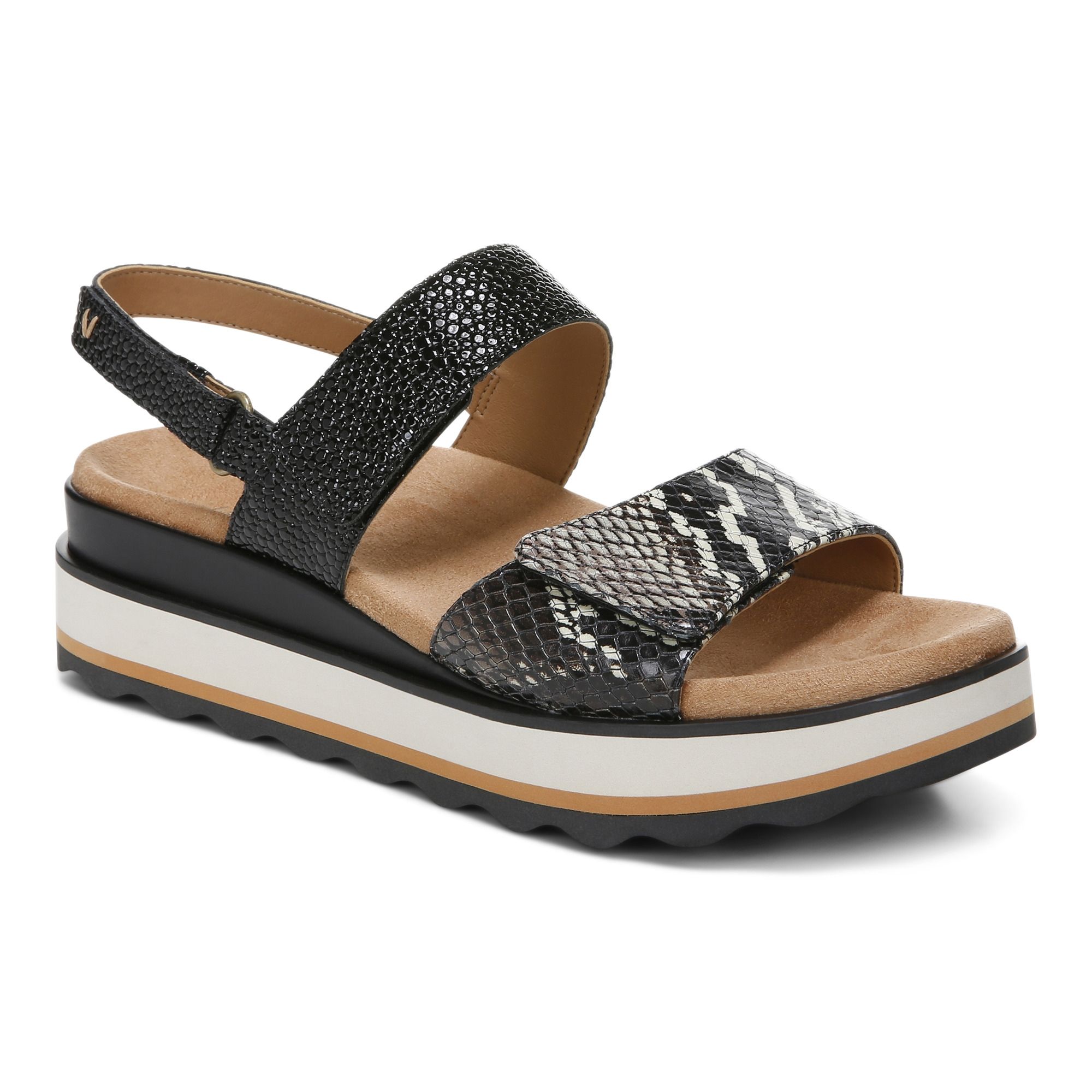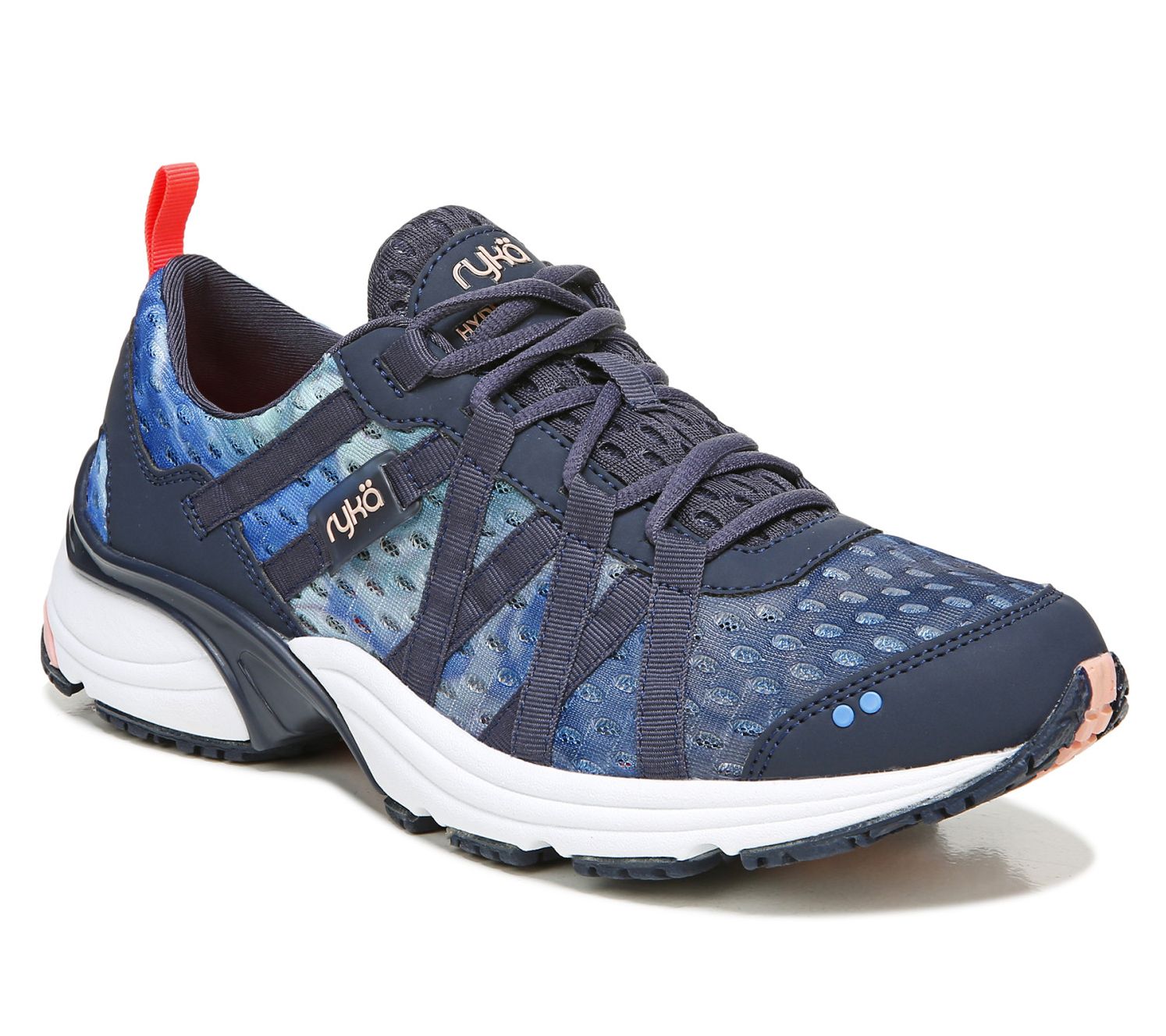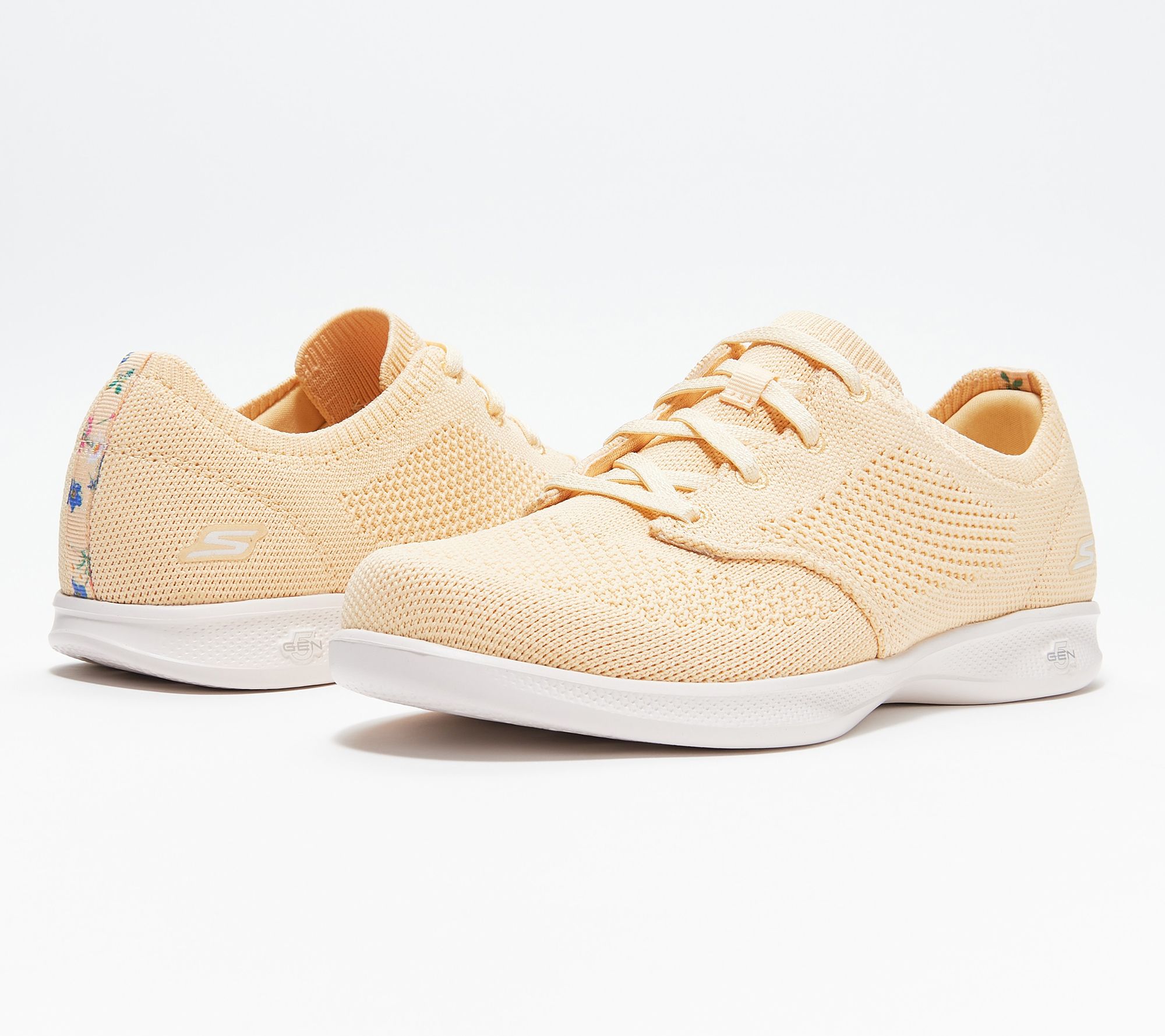Big Kids’ Air Jordan Retro 12 Basketball Shoes – Finish Line
Shop Finish Line for Big Kids’ Air Jordan Retro 12 Basketball Shoes. Get the latest styles with in-store pickup & free shipping on select items.
Sizing Information
- These shoes are available in kids’ sizes, but women can wear them too! Select 1.5 sizes smaller than your typical shoe size
- Ex. If you wear a women’s size 7.5, you would select a 6 in this sneaker
Product Features
- Mixed leather (genuine and synthetic) and textile upper
- Three-quarter high profile for light ankle support
- Lace closure for a locked-in fit
- Back pull tab provides an easy-on and off
- Classic branding for an authentic, sporty vibe
- Phylon foam midsole with Air Unit for elevated comfort
- Unique radial-stitched lines for style
- Modified herringbone traction pattern on the non-marking rubber sole
- Iconic hardwood hoops design details
- The Air Jordan Retro 12 is imported.
Don’t let your kiddo sleep on the soon-to-be iconic Big Kids’ Air Jordan Retro 12 Basketball Shoes. These retros pay homage to the original 12’s, released in 1996, but with a new twist: waterproof uppers made of nylon and leather play with contrasting black and white for a classically cool sneaker inspired by the legendary Tinker Hatfield.

)


)



)

by Mike
Clean design. Great quality control.
by Coco
Great awesome
by Mesha
I was happy I was able to prefer these offline because the OG ones I had was stolen from me and I told myself if they bring my 12s back out I’m coping them so I went online and found them thanks to jd sport
by Reeta
My shoes arrived fairly quick.
by Bumble
I really love shopping on this online store this store always have what me and my family br looking for.
by Carter
I been wearing Jordan’s since high school because I love the look and feel of them. I wear these whenever I have something fly to put on with them. I’d buy these over and over in all colors. I’m a Jordan sneaker head. Have been for years.
by Pozz
Shoes arrived earlier than expected. My son looked great in them for his 5th Grade graduation. He loved them!